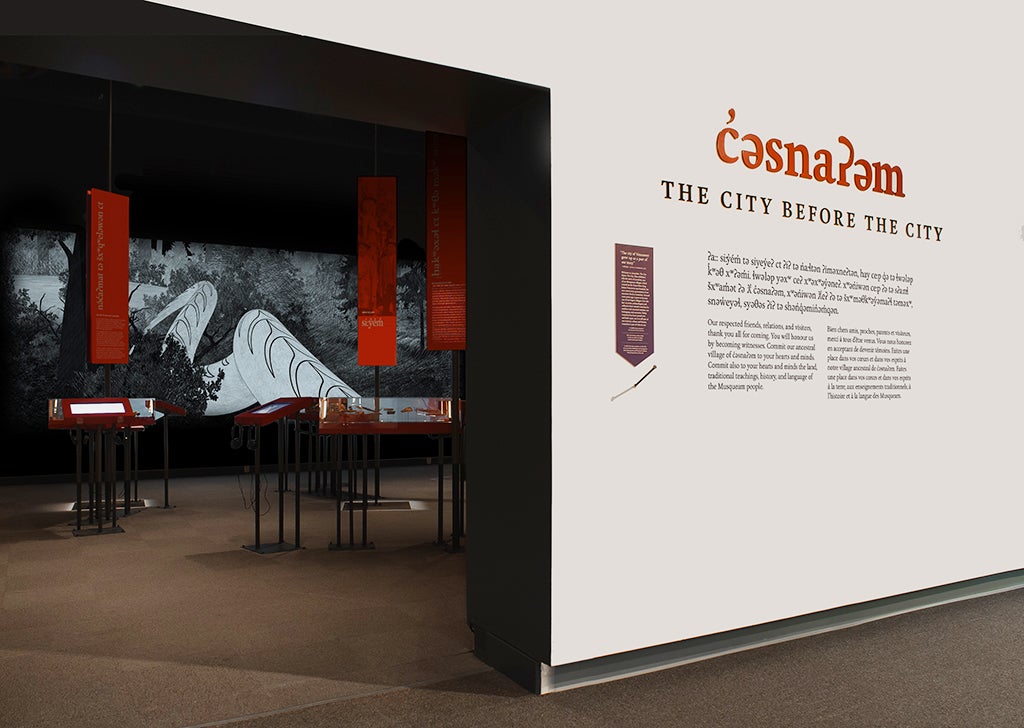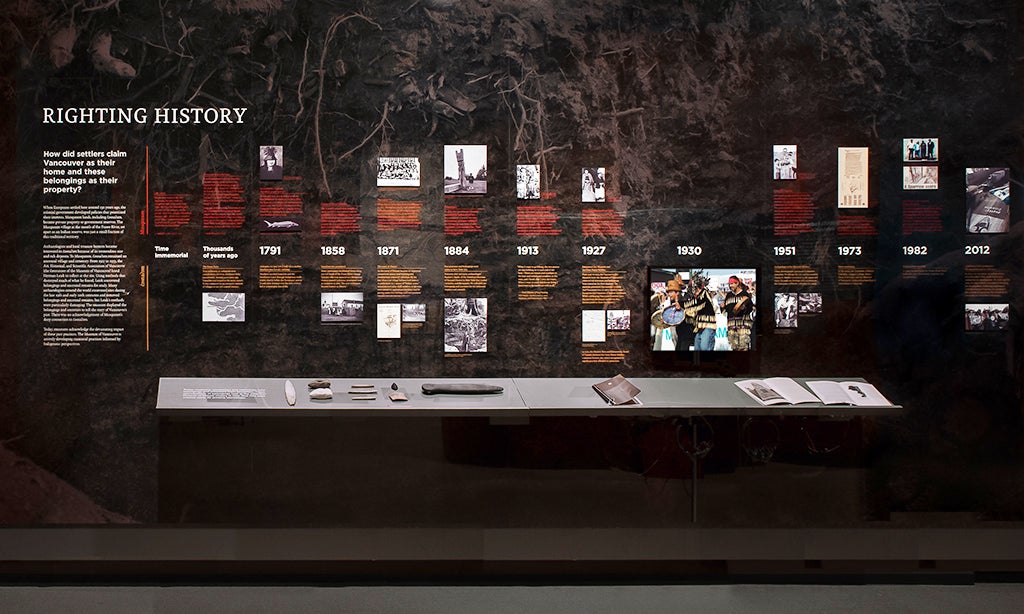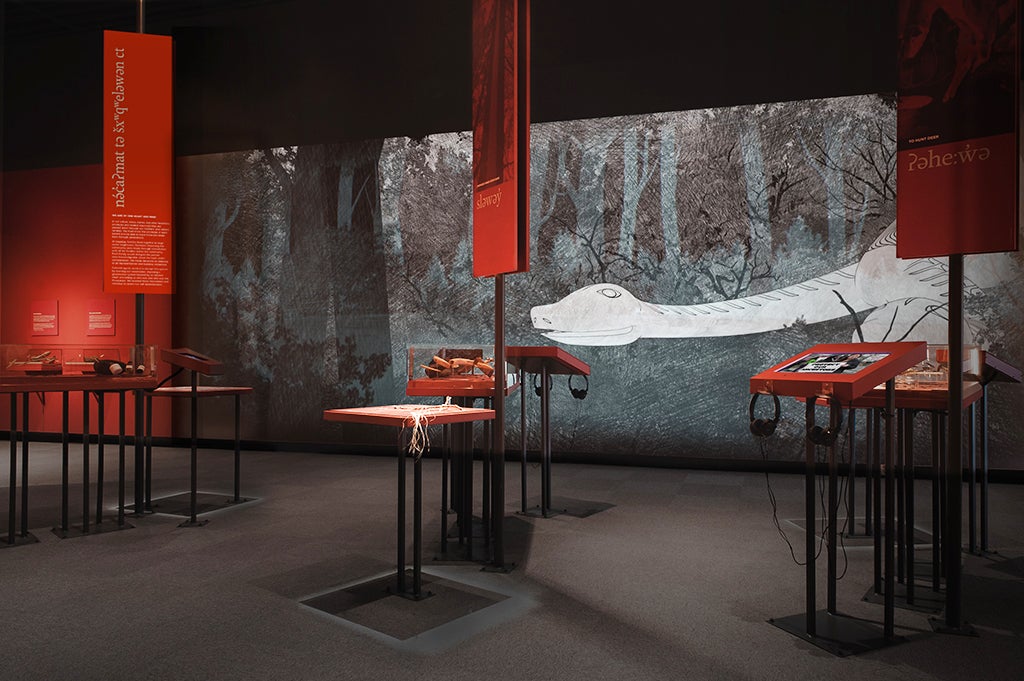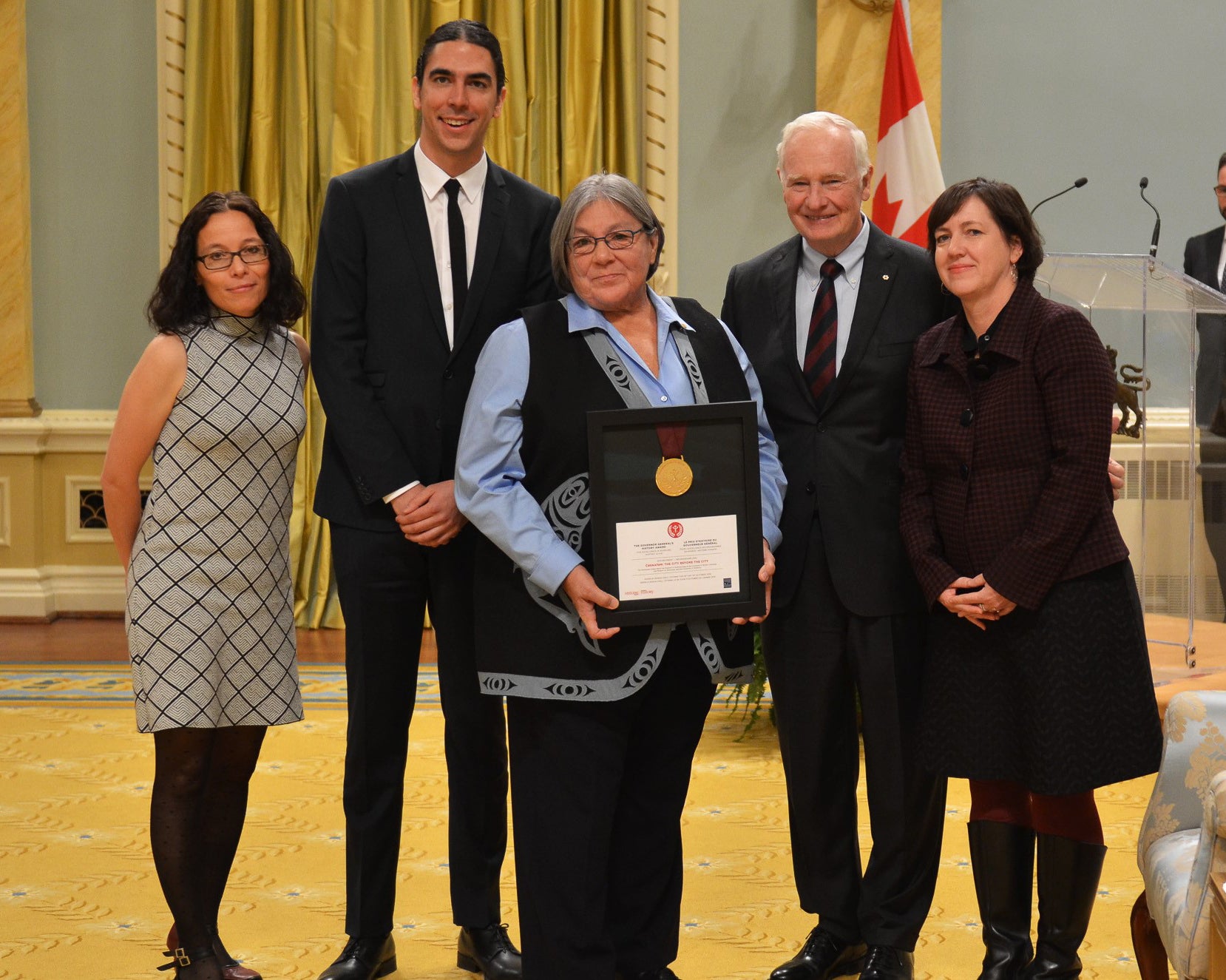Professor of history Susan Roy is at Rideau Hall today to receive a Governor General’s History Award that she shares with her collaborators of a multi-site exhibition in Vancouver called c̓əsnaʔəm, the city before the city. The History Award for Excellence in Museums recognizes individuals or institutions that have made remarkable contributions to a better knowledge of Canadian history.

Professor Roy specializes in First Nations history and contributed her research expertise in the creation of the collaborative exhibitions. Jointly curated by the Musqueam First Nation, the Museum of Anthropology (MOA) at UBC, the Museum of Vancouver (MOV), and Prof. Roy representing UWaterloo, the exhibits tell the story of c̓əsnaʔəm, one of the largest ancient Musqueam villages and burial sites upon which Vancouver was built.
“Given this year’s report from the Truth and Reconciliation Commission, I’m particularly proud to see this recognition of Susan Roy’s research highlighting Aboriginal history in Canada,” says Doug Peers, Dean of Arts. “It’s incumbent on the academic community to contribute to redressing such a critical national issue.”

The collaboration was initiated in 2012 following urban development at c̓əsnaʔəm that unearthed a number of ancestors and led to a lengthy community vigil at the site. It was supported by a SSHRC Partnership Development grant, for which Prof. Roy was principle investigator, and it also draws from her book These Mysterious People: Shaping History and Archaeology in a Northwest Coast Community (McGill-Queen's, 2010 ).
“c̓əsnaʔəm was the source of ancestral remains and cultural objects for local, provincial and international museums, such as the American Museum of Natural History in NYC,” she explains. “My research traced how archaeologists and historians since the late 19th century interpreted this site in ways that disassociated local Indigenous connections to place."
This project creates a public space for Musqueam to share their knowledge and to highlight the community’s role in shaping the City of Vancouver.” - Susan Roy
The three exhibitions are intended to generate public discussion about Indigenous history and to raise awareness of the significance of c̓əsnaʔəm for the Musqueam people and Vancouver. The ancient village of c̓əsnaʔəm was founded about 5,000 years ago at what was then the mouth of the Fraser River, and is today in Vancouver's Marpole area.
“There was a tremendous amount of community collaboration and consultation, including a Musqueam Advisory Group that guided the project,” says Prof. Roy. “I was a co-curator for the MOV exhibit that emphasized a critical history of museum collecting practices as well as Musqueam's interpretation of the MOV collections.”

The MOV exhibition uses a number of digital components that were also developed by UWaterloo students and graduates, explains Prof. Roy - who also received an Ontario Early Researcher Award last year which provides funding for student research assistants. Research Assistant Paisley Cozzarin developed a digital database of historic records that was instrumental for research and information sharing. She also built a digital timeline for the exhibition that provides a history of the site in the context of national Aboriginal history.
These histories of dispossession are not unique to Vancouver, as Indigenous communities across the country continually assert their Aboriginal and treaty rights.” - Susan Roy
The exhibit also incorporates 3D prints and scans of some of the belongings in the collections of the American Museum of Natural History, made by Wilfrid Ngo (a UWaterloo computer science graduate and design technician at Think2Thing in Toronto). Saki Murotani created an animation of the Musqueam oral tradition of sʔi:ɬqəy, the two-headed serpent, that is projected on the entire wall of the MOV exhibition gallery. And Marek Tupy edited a series of historic maps and film footage, also shown as projections in the display. Other UWaterloo history students assisted Roy with archival research and transcribing oral histories.

“My project partners and I are thrilled to accept this national recognition,” says Prof. Roy. “I look forward to further developing models of community research and public engagement with projects and partnerships in Ontario.”